- 1,937

- Malinas
- scaffie78
This is a Heron MJ, from New Zealand. Only 25 were made and well, if it had been any more popular I imagine Lotus would have sued.
View attachment 1305634
Or its the Delorean as it should have been.
This is a Heron MJ, from New Zealand. Only 25 were made and well, if it had been any more popular I imagine Lotus would have sued.
View attachment 1305634
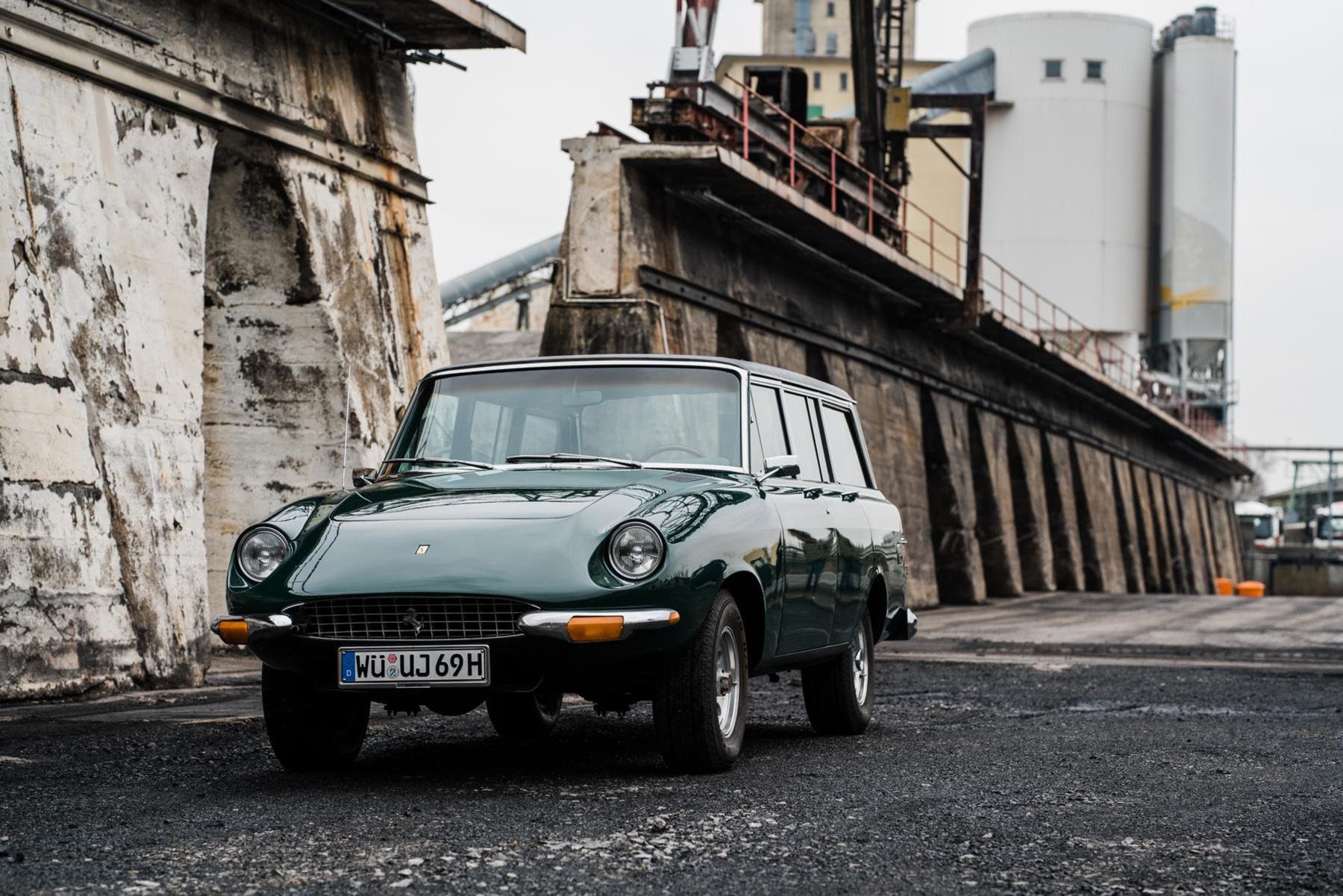
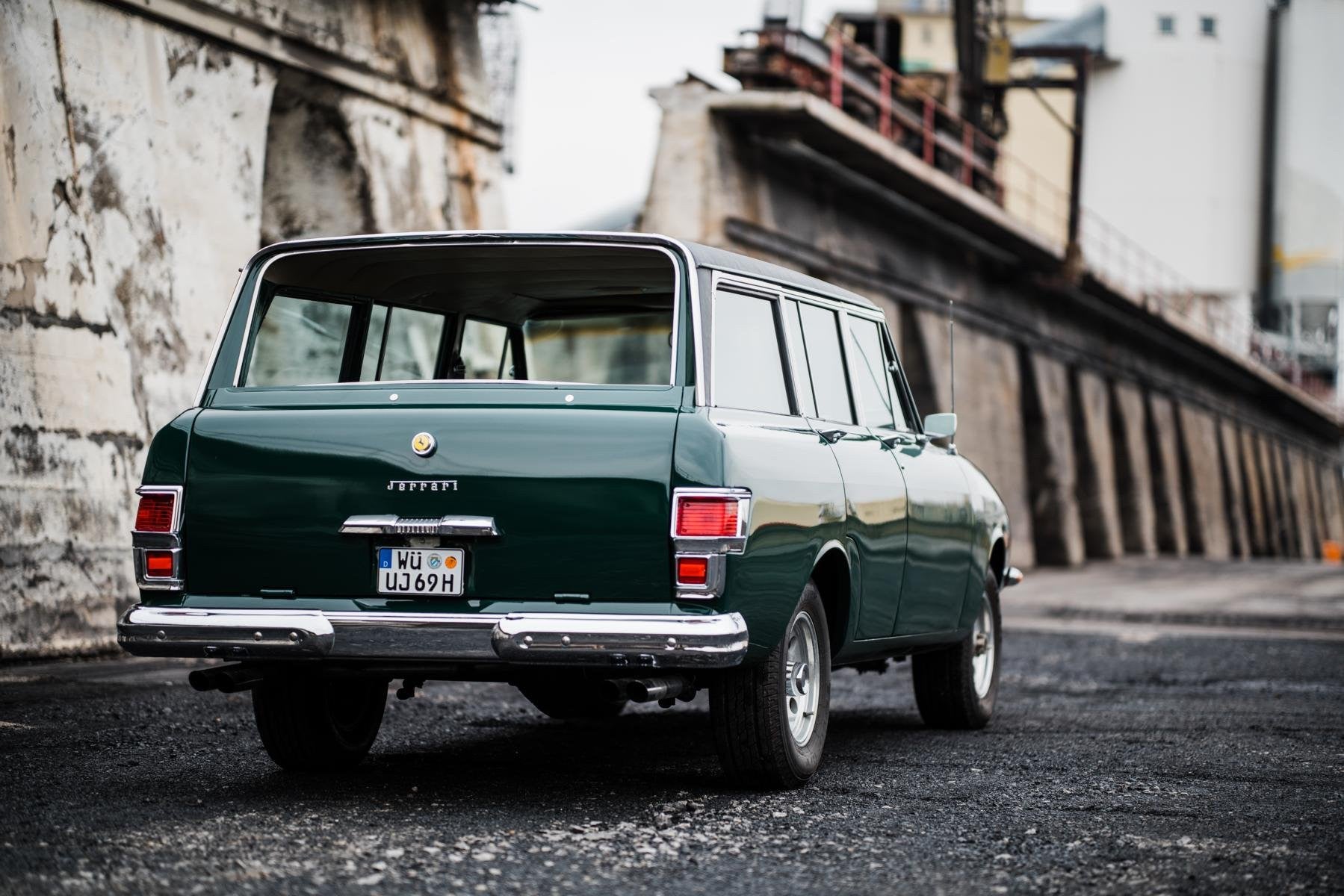
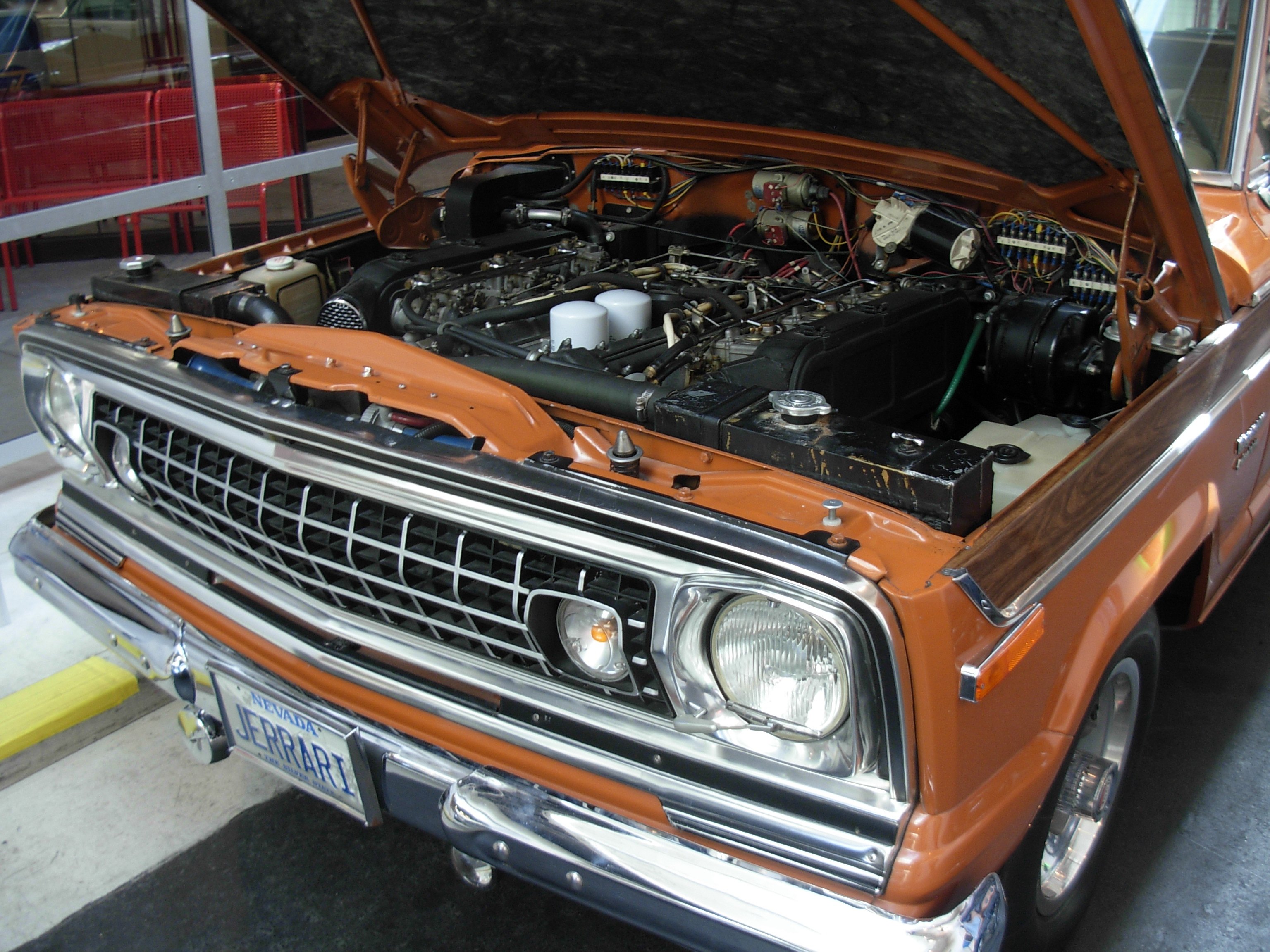

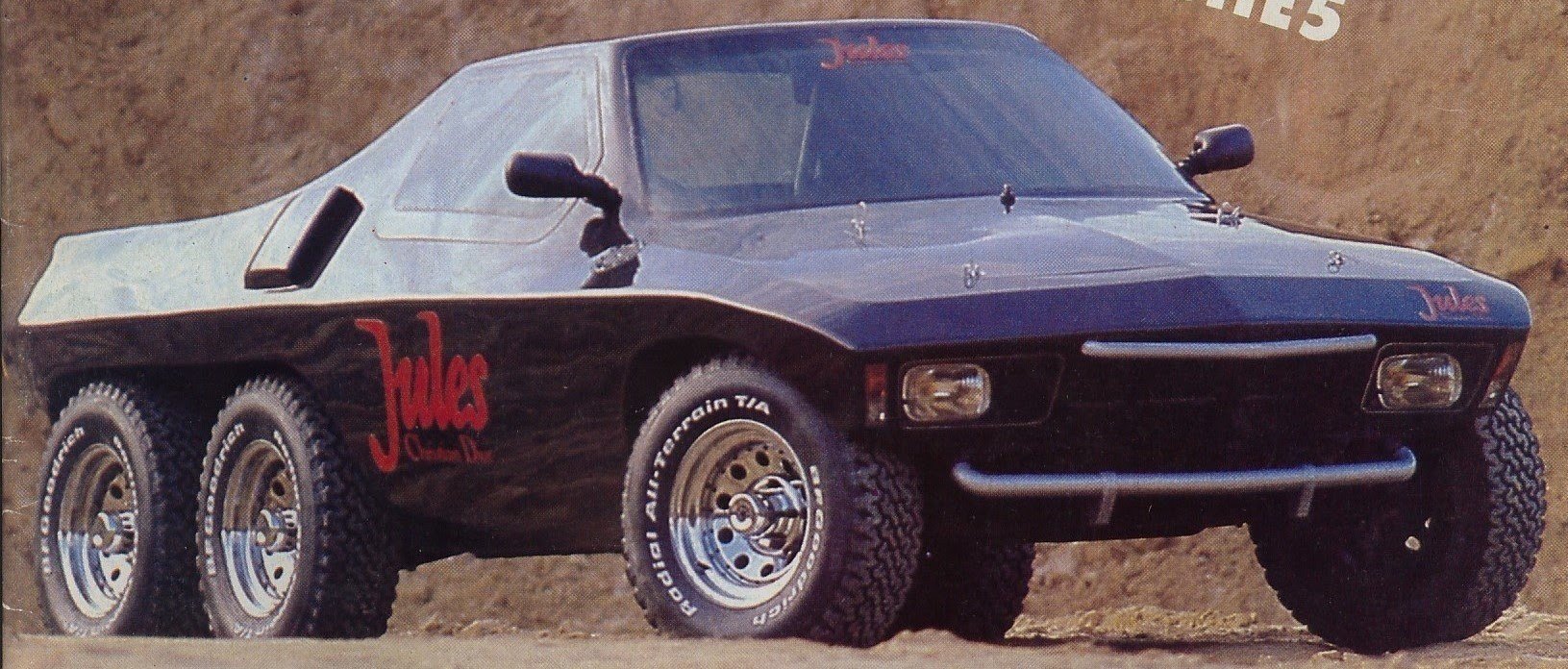
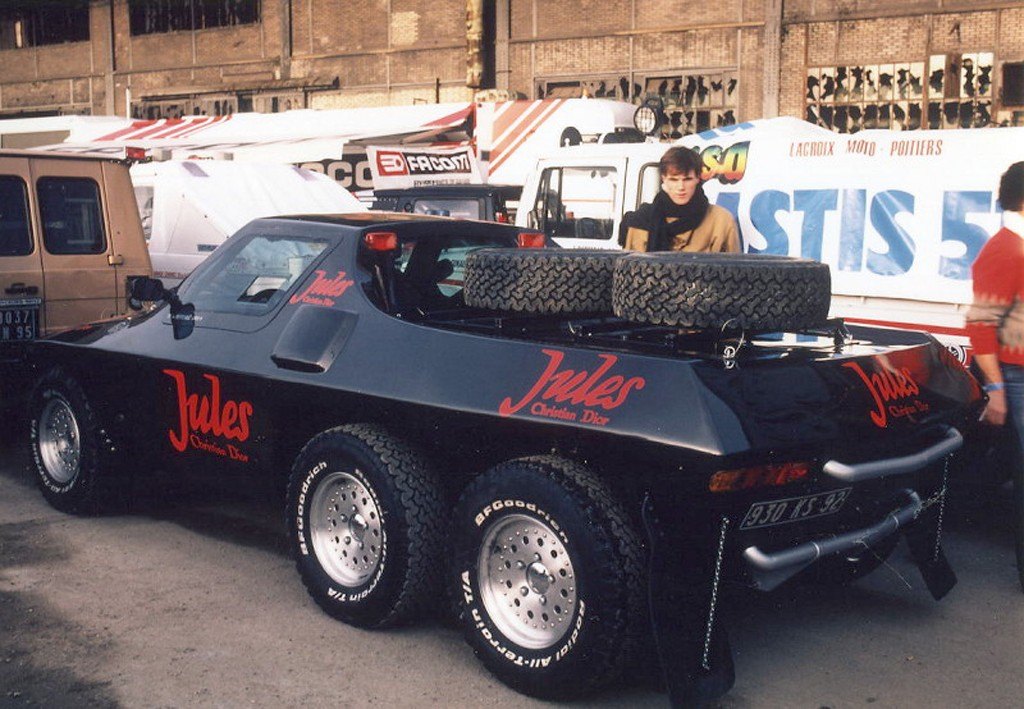
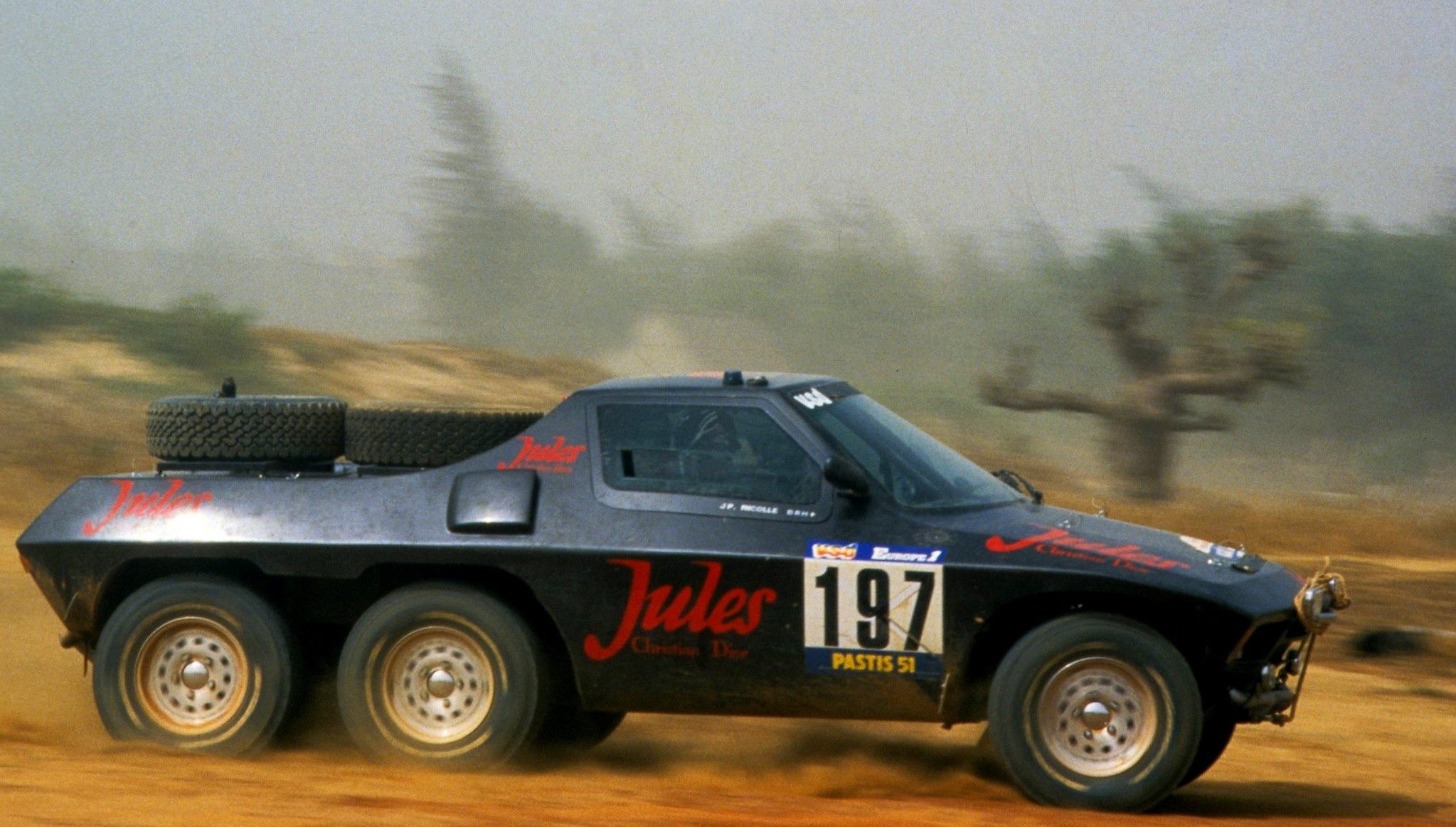
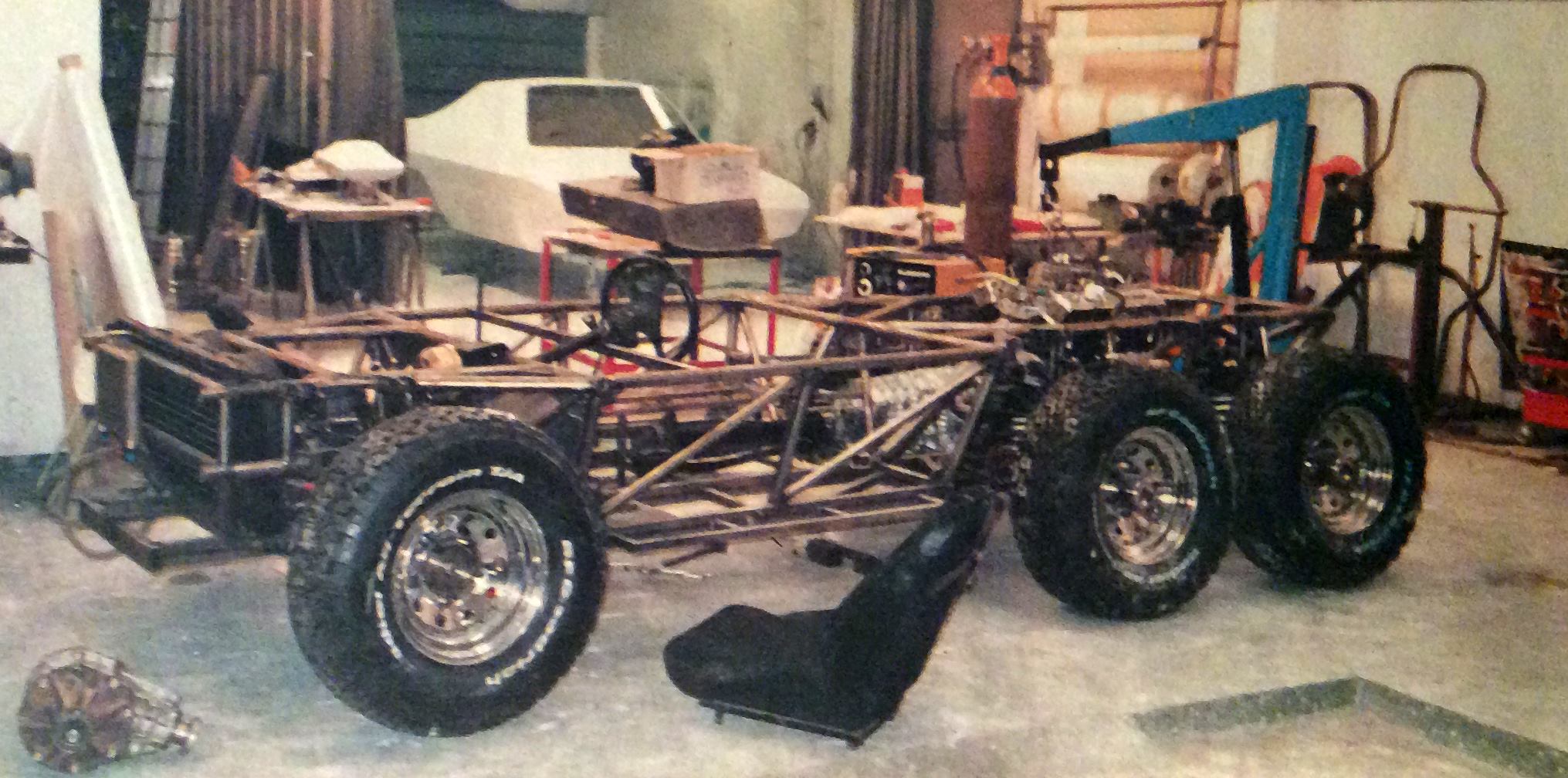
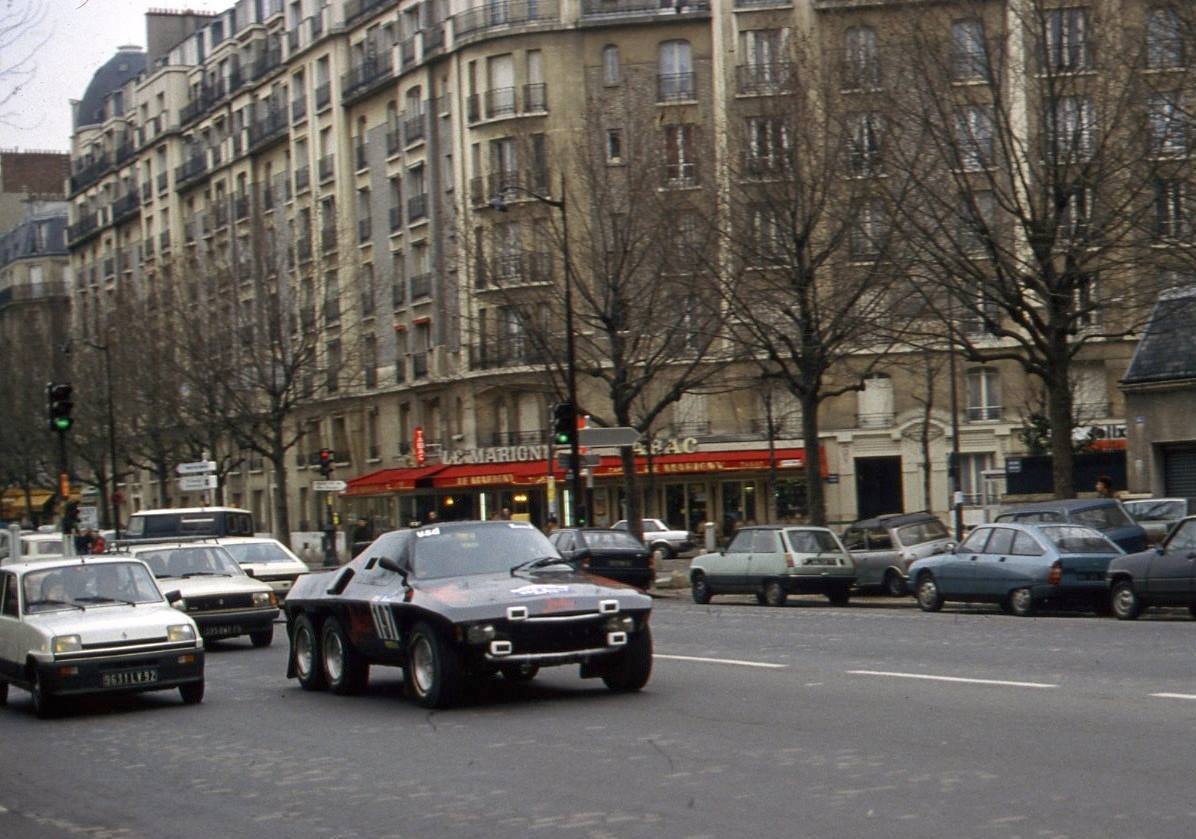
Ah, the Le Camino.Seeing a photo of it at Retromobile was my introduction to the Jules 6x4, entered in the 1984 Paris-Dakar, which it DNF'd. A small block Chevrolet powered the front 4 wheels through a Porsche 935 gearbox. The builder, Thierry Montcorgé, made this 3 years after entering the Dakar in a Rolls Royce.
Developed by Ferdinand Piëch, it was the first time Porsche had built a 911 purely to go racing with. However, the original 911 R wasn’t built in great enough numbers to be homologated for GT competition. That honor would have to wait until the following year when Porsche chose to homologate the 911 properly for the Group 3 class. The resulting car was known as the Porsche 911 T/R, with the factory producing examples for the 1968 season... The homologation process started with the 911 T. It was already 118 pounds lighter than its ‘S’ sibling, and Porsche went to work making it even lighter. The car was stripped out of any kind of sound deadening, reducing the total weight by a further 52 lbs... It is believed that 35 or fewer 911 T/R have been built in 1968.

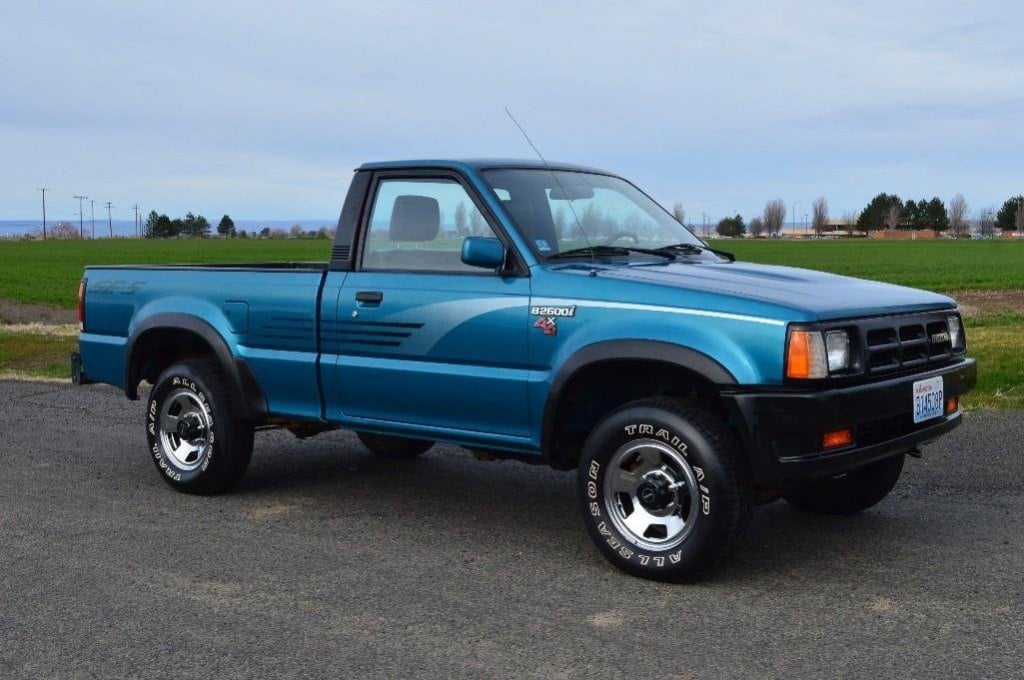
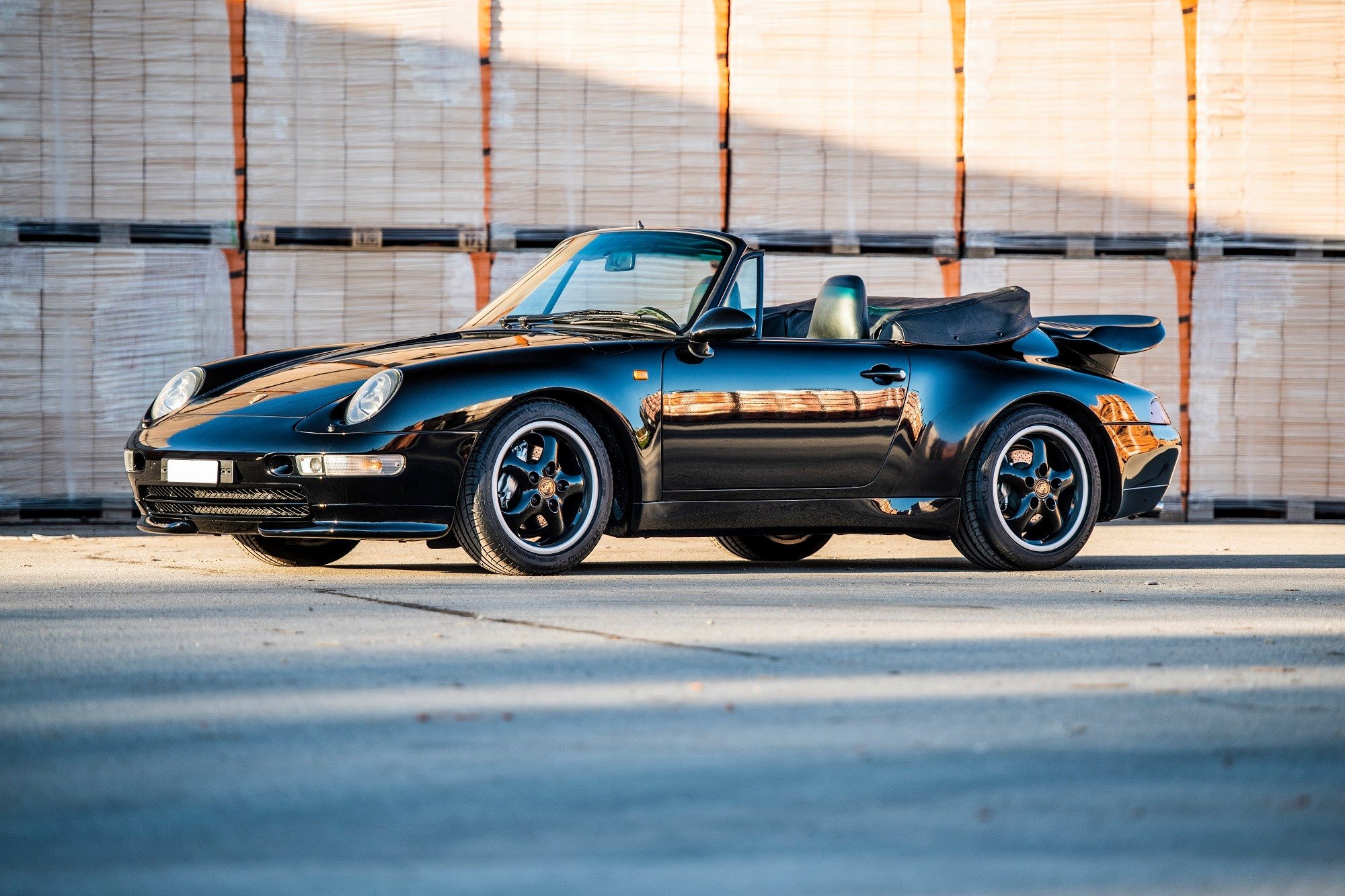
And some people wonder why Porsche wasn't profitable back in the 90s. All these one-offs might explain why.1 of 14 993 generation Porsche 911 Turbo Cabriolet. Commonplace for 996/997 and newer, but you had to call the Special Wishes Department back in 993 days. Oddly, it was 2wd and used the 964 type turbo engine. Note it's also built off the narrow body platform and doesn't have the regular Turbo's side inlets. View attachment 1342316

Porsche 911 Turbo Cabriolet (993) (1995)
The Porsche 911 Turbo Cabriolet (993 generation) is an incredibly rare car – only 14 were built in 1995, in the early days of 993 production. Rather than the contemporary twin-turbo powerplant in the 993 Turbo Coupe, the 993 Turbo Cab was fitted with the single turbo of the 964 Turbo 3.6...www.stuttcars.com
Well, kinda. It was essentially a parts bin special, and all the cars produced were sold to the same dealer. I think they can charge a lot more for not having to do very much engineering here.And some people wonder why Porsche wasn't profitable back in the 90s. All these one-offs might explain why.